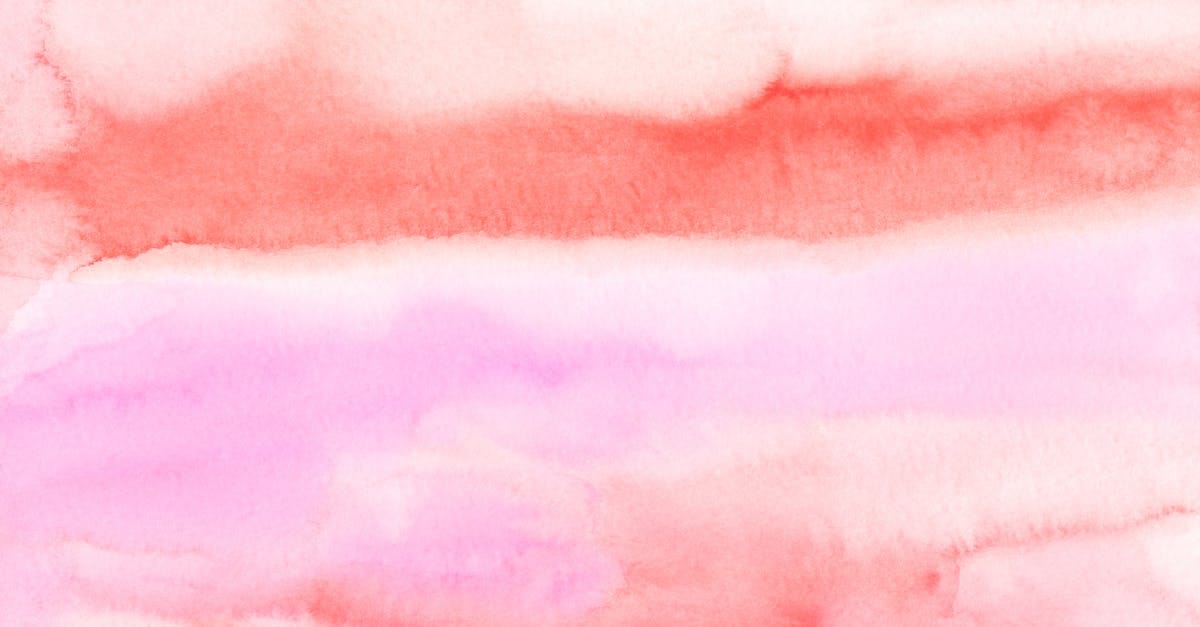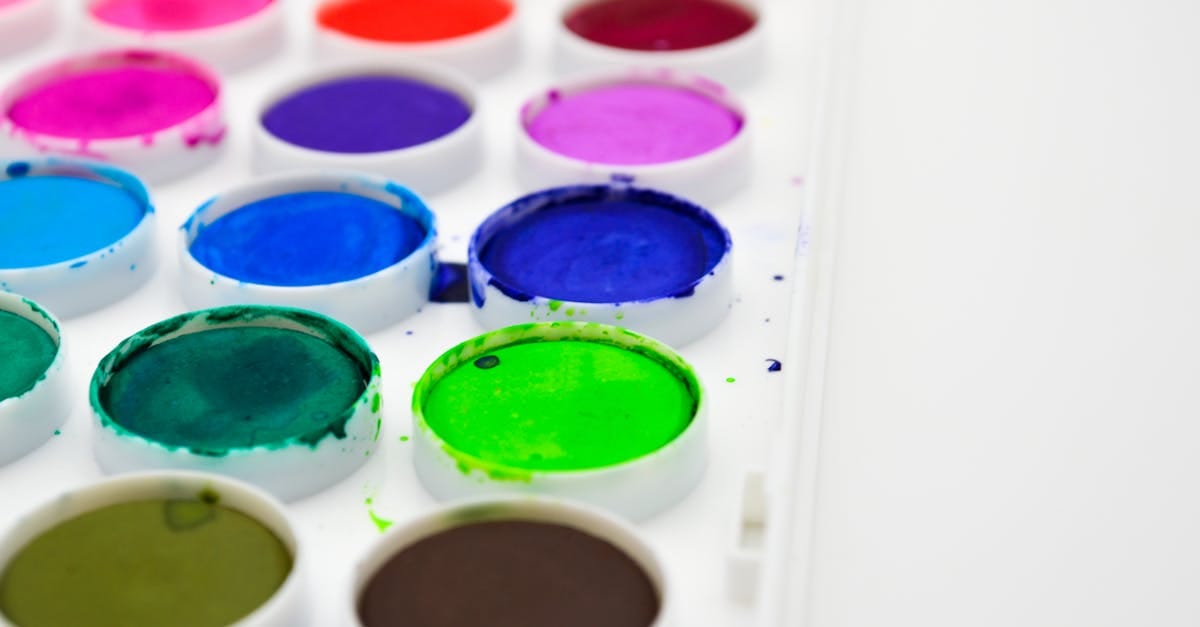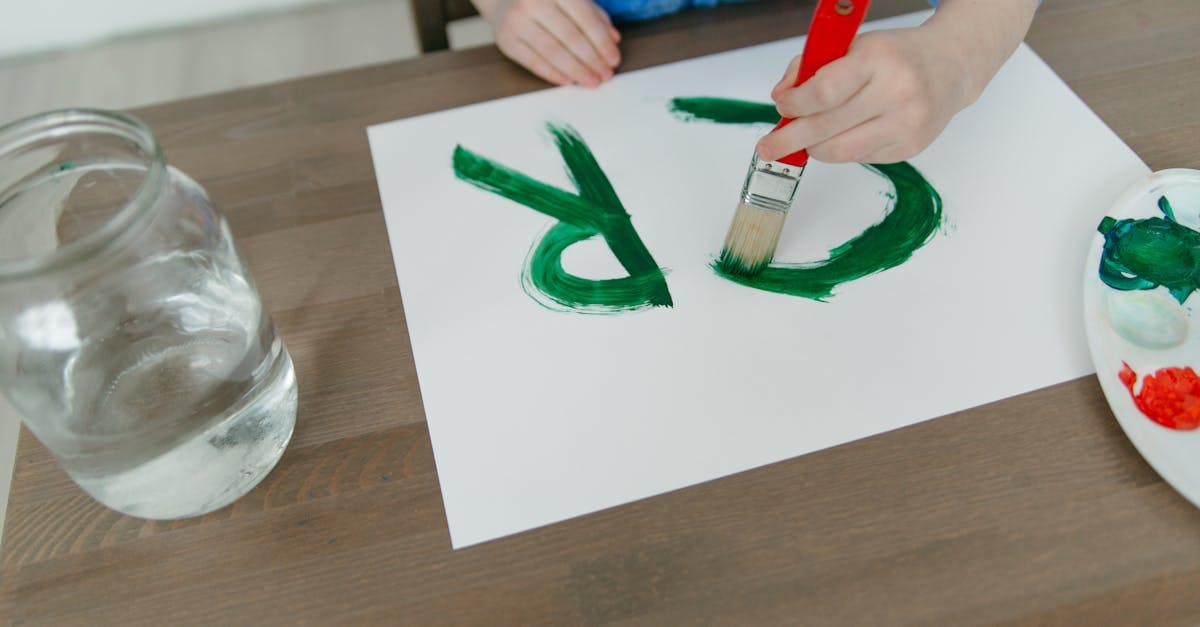Choosing the right colours for your home’s exterior is essential for harmonizing with outdoor spaces. Begin by assessing your landscape’s primary colours to ensure a cohesive look. Consider your home’s surroundings and climate, opting for shades that reflect natural elements. Use nature-inspired tones to blend seamlessly with your garden and think about seasonal landscape changes when selecting a palette. It’s also important to coordinate with outdoor features and hardscaping, and to choose colours that highlight architectural elements. Finally, testing colours in varying lighting conditions is crucial to ensure the perfect choice for lasting appeal.
Current Trends in Home Painting and Remodeling
Transforming a home can feel like an exciting journey, especially when embracing the latest trends in painting and remodeling. Today’s homeowners are more conscious than ever about the aesthetics, functionality, and sustainability of their living spaces. With an array of colors and innovative materials available, choosing the perfect palette can elevate the look and feel of any home, creating an inviting atmosphere that reflects personal style.
Whether it’s exterior paint complementary to the lush garden or cozy interior hues that imbue warmth, establishing a harmonious flow becomes essential. Incorporating natural tones, bold accents, and cutting-edge application techniques not only adds character but also enhances the overall value of one’s property. Stay tuned as we explore practical tips for selecting the right colors, understanding the impact of lighting, and integrating seasonal changes into your choices. This guide equips homeowners with the knowledge to navigate the ever-evolving world of home aesthetics, ensuring each decision contributes to a beautiful, cohesive living environment.

| Feature | Details |
|---|---|
| Assess Landscape Colors | Choose paint shades that reflect the greens, browns, and vibrant hues present in your garden. |
| Consider Climate | Select colors that will suit your local weather, using lighter tones in hot areas and earthy tones in cooler regions. |
| Inspired by Nature | Utilize nature-inspired palettes such as soft greens and blues to create a seamless outdoor aesthetic. |
| Seasonal Adaptability | Choose colors that maintain visual appeal throughout different seasons and weather changes. |
| Coordinating with Hardscapes | Select hues that complement stone walkways, wood features, and any outdoor structures. |
| Highlight Architectural Features | Use contrasting colors for trims and doors to draw attention to unique elements of your home. |
| Test Samples in Natural Light | Observe how paint colors look in varying natural light conditions before making final decisions. |
| Neighborhood Harmony | Ensure color choices complement the aesthetic of neighboring homes while reflecting personal style. |
«`html
Current Trends in House Painting and Remodeling
In the realm of home improvement, painting and remodeling trends are constantly evolving. As homeowners seek to enhance their living spaces, understanding these trends can provide valuable insights for transforming one’s home into a sanctuary. This guide delves into contemporary techniques, popular color palettes, innovative materials, and practical tips for achieving a stylish and personalized aesthetic.
Understanding Color Palettes
The colors selected for both interior and exterior home spaces significantly affect aesthetic appeal. Choosing a cohesive color scheme helps enhance a home’s overall appearance and create a welcoming environment.
Popular Colors for 2023
Current trends favor earthy tones and soft pastels, bringing a sense of calm and serenity into homes. Examples include:
- Soft Sage Green: This color blends beautifully with natural landscapes, creating a sense of tranquility.
- Warm Beige: Offering versatility, beige complements various decor styles while providing a warm backdrop.
- Dusty Blue: A refreshing shade that evokes a coastal vibe, perfect for both interiors and exteriors.
- Terracotta: This warm clay hue adds a rustic charm, ideal for accent walls or outdoor settings.
Nature-Inspired Hues
Borrowing from nature continues to be a prominent theme. Homeowners are opting for colors that mimic the natural environment, ensuring harmony between inside and outside. Shades like warm browns, assortment of greens, and soft blues foster this connection.
Innovative Painting Techniques
Beyond just colors, painting techniques also play a significant role in home aesthetics. Utilizing creative methods can add depth and texture to walls, leading to striking visual effects.
Accent Walls
Creating an accent wall is a fantastic way to add interest without overwhelming a space. Homeowners are pairing bold colors against neutral backgrounds to make statement areas. For instance, painting one wall in a rich navy can beautifully contrast with light beige or off-white walls, providing a focal point in a room.
Textured Finishes
For those looking to add dimension, textured finishes can introduce character. Techniques such as sponging, rag rolling, and stippling create visually intriguing surfaces. Textured paint options are also available that provide a tactile experience.
Materials Making Waves
Alongside colors and techniques, the choice of materials involved in painting projects is evolving. Eco-friendly and durable materials are becoming more popular as homeowners become increasingly conscious of their environmental impact.
Sustainable Paint Options
Opting for low-VOC (volatile organic compounds) paints is a practical choice for those aiming for a healthier indoor environment. Brands like Indigo Paints offer exterior emulsions that are not only durable but also suitable for various weather conditions. These paints ensure a long-lasting finish while minimizing harmful emissions at home.
Innovative Bonding Agents
Advanced bonding agents are revolutionizing how surfaces are painted. These products enhance adhesion and durability, allowing homeowners to effortlessly apply paint on challenging surfaces like glossy finishes without extensive prep work.
Preparing for a Successful Project
To ensure a successful painting or remodeling project, thorough preparation is key. Understanding the steps involved can significantly impact the end result.
Assess Your Space
Before diving into color choices or techniques, taking a moment to assess your space is essential. Consider the following:
- Lighting: Analyze how natural light interacts with your space at different times of the day.
- Existing Elements: Take note of existing fixtures, furniture, and architecture that will influence color decisions.
- Climate: Factors such as regional weather patterns can inform your choice of materials, especially for external painting projects.
Testing Colors
Rather than relying solely on paint chips, conducting actual tests is advisable. Painting small patches on different walls and observing how colors look in varied lighting can provide more accurate results. This step is crucial in confirming the final selection for both interior and exterior paint jobs.
Emphasizing Architectural Features
Utilizing color effectively can accentuate specific architectural details, adding charm and visual interest to your home.
Highlighting Trims and Shutters
Choosing a contrasting color for trims and shutters can enliven a home’s exterior. For instance, pairing a soft gray siding with bright white trims creates a crisp, modern look. Darker shades can also frame windows, enhancing visual depth.
Front Door Statements
An inviting front door can set the tone for the entire exterior. Opting for a bold, striking color such as deep green or classic red can create a stunning focal point while harmonizing with the surrounding landscape.
Seasonal Considerations and Year-Round Appeal
Landscaping and scenery can change with the seasons, making it essential to choose colors that provide year-round appeal. Neutral palettes combined with seasonal touches can lead to lasting beauty.
Evergreen Landscapes
If surrounded by perennial plants, it’s advisable to opt for earthy colors that will complement the existing greenery. Warm neutrals and soft earth tones can create harmony, ensuring your home remains visually appealing throughout all seasons.
Responsive Color Shifts
Colors can appear differently based on seasonal shifts or changes in landscape. Opting for a neutral base allows for seasonal decor updates—such as adding fall-themed planters or summer florals—without clashing with the permanent color scheme.
Finalizing Your Vision
As the project comes together, ensuring that color choices and design elements work in unison is vital. This process involves comparing colors, perspectives, and options continually.
Create a Mood Board
Using a mood board can effectively help visualize how various elements come together. Combine swatches of paint, textures, and photos of desired furnishings to capture the essence of your envisioned space.
Seek Professional Insights
When in doubt, consulting with a color specialist or interior designer can provide invaluable insights. Their expertise can guide final decisions to ensure your vision aligns with practical implementation.
Enhancing a home with paint and remodeling can significantly impact its overall appeal. By following the current trends and best practices, homeowners can create a personalized space that reflects their unique style while also increasing property value.
For inspiration on bold colors and standout accent walls, explore additional resources.

Transform Your Home with Our Professional Painting and Remodeling Services
Elevate the beauty and functionality of your space! Our expert team specializes in creating stunning transformations tailored to your style. Enjoy exceptional quality, durable finishes, and a seamless process from start to finish. Don’t wait to give your home the makeover it deserves—reach out today!
Current Trends in House Painting and Remodeling
Trends in Exterior Color Selection
- Nature-Inspired Palettes: Many homeowners are opting for colours that reflect the natural surroundings, such as greens, blues, and earth tones. These colours help integrate homes into their environments.
- Bold Accents: Using vibrant accent colours for doors, shutters, or architectural features is a popular way to create visually striking contrasts against soft exterior hues.
- Matte Finishes: There is a growing trend towards matte finishes as they add a sophisticated touch to exteriors, avoiding the stark shine of traditional glossy paints.
- Eco-Friendly Paints: Sustainable and low-VOC paints are gaining popularity, providing homeowners with options that are better for both the environment and indoor air quality.
Practical Tips for Choosing Exterior Colors
- Assess Your Landscape: Observe the primary colours and tones of your garden and surroundings to create a harmonious look. For instance, choose beige or soft grey if your landscape is primarily green.
- Consider Climate: Tailor your colour choices according to your local climate. Light shades work better in hot areas to keep homes cooler.
- Highlight Architectural Features: Use contrasting colours for trims and accents to emphasise features like mouldings and gables, adding character to your home.
- Test in Different Lighting: Colours can appear differently in various lights. Test paint samples on all sides of your home at different times of the day.
- Maintain Visual Harmony: Ensure that your chosen colours coordinate with fixed elements such as the roof and window frames, creating a cohesive appearance.
- Incorporate Seasonal Changes: Select colours that look great year-round, which is especially important for areas where landscaping changes with the seasons.
Popular Techniques for Application
- Spray Painting: This technique provides a smooth finish and is ideal for larger surfaces, ensuring even coverage.
- Two-Toned Walls: Utilizing two colours on the same wall can add depth and dimension to your home while allowing for creativity in design.
Innovative Materials
- Weather-Resistant Paints: Investing in superior-quality, weather-resistant paints ensures durability against harsh conditions.
- Eco-Friendly Options: Brands now offer innovative paints that are low in volatile organic compounds (VOCs), improving indoor air quality and reducing environmental impact.
Frequently asked questions
Glossary of Key Terms Related to House Painting and Remodeling Trends
- Exterior Paint
- Specialized paint formulated for use on external surfaces of homes, designed to withstand various weather conditions.
- Color Palette
- A selection of colors chosen to create harmony and visual appeal for a space or exterior.
- Durability
- The ability of paint to resist wear, fading, and the effects of weather over time.
- Accent Colors
- Colors used sparingly to highlight certain features or areas of a house, creating focal points of interest.
- Undertones
- The subtle hues that influence how a color appears against different backgrounds or lighting conditions.
- Neutral Colors
- Colors that lack strong chromatic content, often used as a background to allow more vibrant colors to stand out.
- Hardscaping
- The non-plant elements of landscape design, such as pathways, walls, and patios, that guide exterior paint choices.
- Focal Point
- A key area or feature that draws the eye, typically highlighted by color or design in home exteriors.
- Seasonal Changes
- The variations in a landscape’s appearance throughout the year, impacting color selection for exterior paint.
- Trim
- The decorative wood or other materials that finish off windows, doors, and other edges, often painted to contrast with the main color.
Understanding the tips for Coordinating Paint with Outdoor Spaces is essential for homeowners looking to enhance their property’s curb appeal. By carefully assessing the primary colours of your landscape, considering the surrounding environment and climate, and using nature-inspired tones, it’s possible to create a harmonious connection between your home and its outdoor features. Testing colours in various lighting conditions and coordinating with outdoor elements can further elevate the aesthetic appeal. With these expert tips in hand, homeowners can confidently select a palette that not only highlights their unique style but also complements and enriches their surroundings.
Assess Your Landscape’s Primary Colours
Understanding the primary colours in your outdoor surroundings is essential for achieving a harmonious look. By analyzing the colours of plants, flowers, and hardscaping, you can create a cohesive exterior palette.
- Greens and Browns: Use shades like beige and sage green to complement lush greenery.
- Bright Flowers: Neutral tones such as off-white allow vibrant flowers to take centre stage.
- Earthy Features: Incorporate terracotta or warm greys that mesh seamlessly with stone or wooden accents.
Consider Your Home’s Surroundings
The climate and environment around your home can significantly influence your paint choices. The right shades can create an inviting atmosphere while respecting the local landscape.
- Sunny Climates: Soft shades like sandy beige can keep your home cooler.
- Wooded Areas: Deep greens reflect the natural surroundings, adding warmth.
- Tropical Settings: Light blues and whites evoke a fresh, breezy feel perfect for lush environments.
Coordinate with Architectural Features
Highlighting the architectural elements of your home, like trims and shutters, creates visual interest and depth. Choose colours that enhance these features rather than overshadow them.
- Trims and Mouldings: Consider using contrasting but compatible colours for a stylish look.
- Accent the Front Door: A bold, distinct colour can serve as a focal point tying your exterior together.
- Frames and Shutters: Darker hues around windows can add depth and highlight their design.
Testing in Different Light
Light plays a pivotal role in how colours appear on your home. It is advisable to test your colour options at various times of day to ensure they look their best throughout the day.
- Paint samples on multiple walls to observe shifts in different lighting.
- Check colour appearance in morning, noon, and evening for accurate assessment.
Transform Your Home into a Masterpiece
Ready to elevate your living space? Our expert painting and remodeling services will bring your vision to life, adding both beauty and value to your home. Experience the joy of living in a freshly painted and beautifully designed environment. Don’t wait, reach out today!
Sophia Torres is the creative mind behind the most dazzling transformations at TS Painting & Restoration. With a strong background in interior design and a deep passion for tropical color palettes, she has helped hundreds of clients revitalize their spaces into vibrant and inviting environments. Born in Colombia and raised in Florida, Sophia brings a unique perspective to her work, blending Latin American influences with modern design trends.
Sophia’s vision of color goes beyond the conventional. She is known for her ability to create bold and unexpected combinations that reflect Florida’s natural beauty. Her focus on color psychology and strategic use of tones allows her to transform any environment, making each project a showcase of her clients’ personal style. On her blog, she shares practical tips on how to choose colors that not only beautify but also enhance emotional well-being and create harmony in the home.
When not working, Sophia enjoys exploring art galleries, experimenting with DIY projects, and finding inspiration in Florida’s lush landscapes. For her, design isn’t just about aesthetics; it’s about creating spaces that tell a story, reflect the identity of those who live there, and evoke positive emotions. At TS Painting & Restoration, Sophia is committed to helping homeowners discover how colors can transform their homes into true havens of tranquility and beauty.


